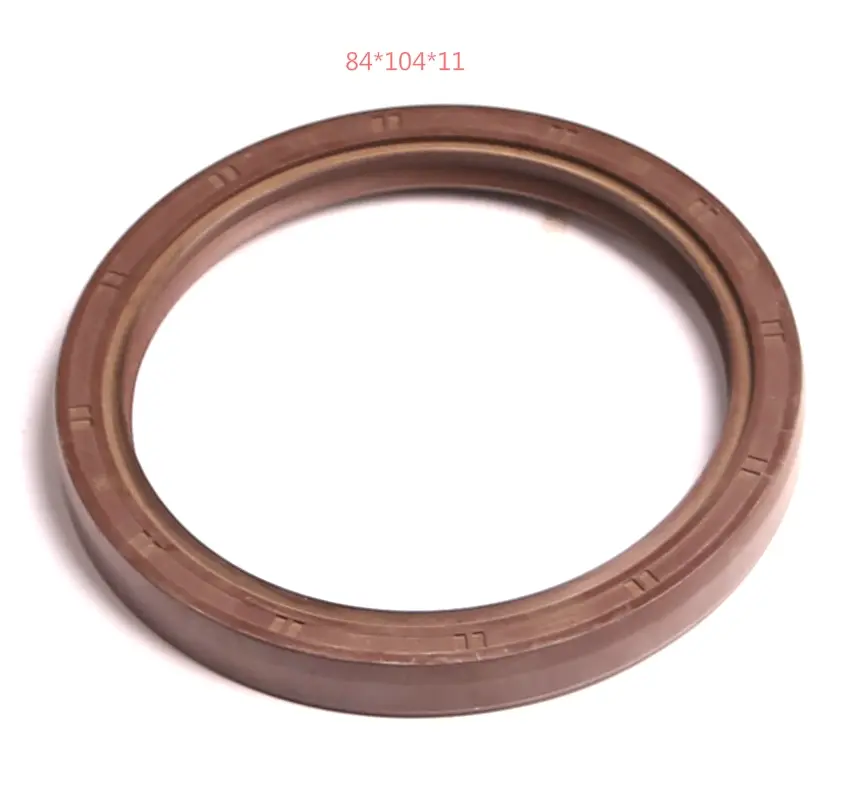10 月 . 16, 2024 00:18 Back to list
Rubber Gasket Seal Solutions for Enhanced Sealing and Durability in Various Applications
Rubber Gasket Seals A Comprehensive Overview
Rubber gasket seals play a crucial role in a multitude of applications across various industries. Their primary function is to create a tight, leak-proof barrier between two surfaces, preventing the escape of fluids and gases. This article delves into the significance, types, manufacturing processes, and applications of rubber gasket seals, emphasizing their essential role in ensuring operational efficiency and safety.
Importance of Rubber Gasket Seals
The necessity for effective sealing solutions cannot be overstated. In industries such as automotive, aerospace, oil and gas, and manufacturing, the prevention of leaks is critical. A failure in sealing can lead to catastrophic results, including environmental hazards, financial losses, and even loss of life. Rubber gasket seals provide a reliable solution due to their versatility, durability, and ability to withstand varying environmental conditions.
Moreover, rubber has inherent characteristics that make it suitable for sealing applications. It can compress under pressure, allowing it to fill gaps and conform to uneven surfaces. This adaptability is particularly important in industrial settings where temperature fluctuations and physical vibrations are common.
Types of Rubber Gasket Seals
Rubber gasket seals come in various types, each tailored to meet specific requirements of different applications. The most common types include
1. Solid Rubber Gaskets Made from a single piece of rubber, solid gaskets are ideal for applications that require a consistent sealing surface. They are often used in machinery and flanges.
2. Fabric-Reinforced Rubber Gaskets These gaskets incorporate fibers or fabrics into the rubber compound, enhancing strength and resistance to tearing. They are suitable for high-pressure environments.
3. Cellular Rubber Gaskets These are lightweight and can compress significantly. They are often used in applications where flexibility and light sealing pressure are needed, such as in HVAC systems.
4. Composite Gaskets Made from a combination of different materials, composite gaskets can provide enhanced properties, such as increased temperature resistance or chemical compatibility, making them suitable for specialized applications.
5. Cork Rubber Gaskets Combining cork and rubber, these gaskets offer excellent compressibility and resistance to fluids, making them ideal for use in automotive applications, including oil pans and valve covers.
rubber gasket seal

Manufacturing Processes
The manufacturing of rubber gasket seals involves several critical steps to ensure quality and performance. The process typically begins with the selection of suitable rubber compounds, which can vary based on the application requirements—such as temperature resistance, chemical exposure, and flexibility.
1. Mixing Raw rubber materials are mixed with additives, such as fillers, accelerators, and curing agents, to achieve desired properties.
2. Molding The mixed rubber is then placed into molds, where it is heated to cure and form the desired shape of the gasket.
3. Trimming and Finishing Once molded, the gaskets undergo trimming to remove excess material, followed by quality checks to ensure they meet specifications.
4. Testing Rigorous testing is conducted to verify the performance of the gaskets, including pressure and leak tests, durability assessments, and temperature tests.
Applications of Rubber Gasket Seals
Rubber gasket seals have a vast array of applications, making them integral to many products and systems. In the automotive industry, they are commonly found in engines, transmissions, and cooling systems. In the oil and gas sector, rubber gaskets are employed in pipelines, valves, and tanks to prevent leaks and ensure safe operation.
Beyond these industries, rubber gasket seals are also utilized in household appliances, HVAC systems, food processing equipment, and medical devices, showcasing their versatility and widespread relevance.
Conclusion
Rubber gasket seals are a fundamental component in numerous industries, serving as a pivotal solution for leak prevention and sealing integrity. Their diverse types and manufacturing processes cater to a wide range of applications, enhancing safety and efficiency across the board. As technology advances, the development of new rubber compounds and sealing technologies will continue to evolve, promising even greater functionality and reliability in the sealing solutions of the future. Understanding and utilizing rubber gasket seals effectively is essential for engineers, manufacturers, and maintenance professionals alike.